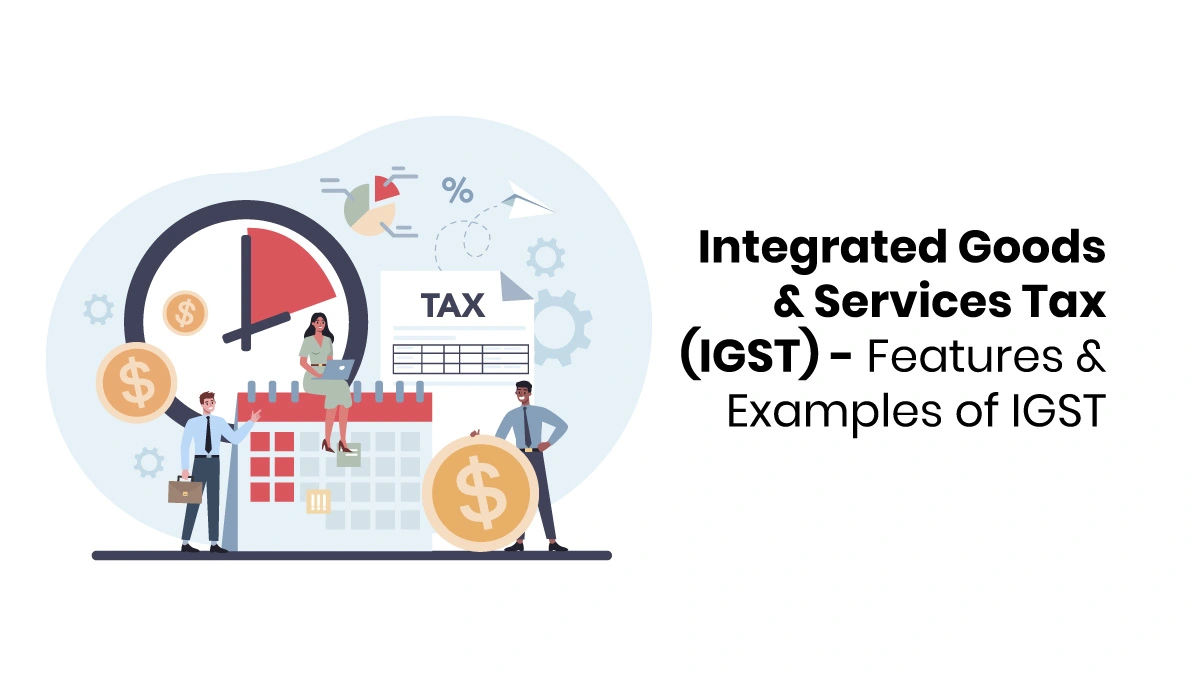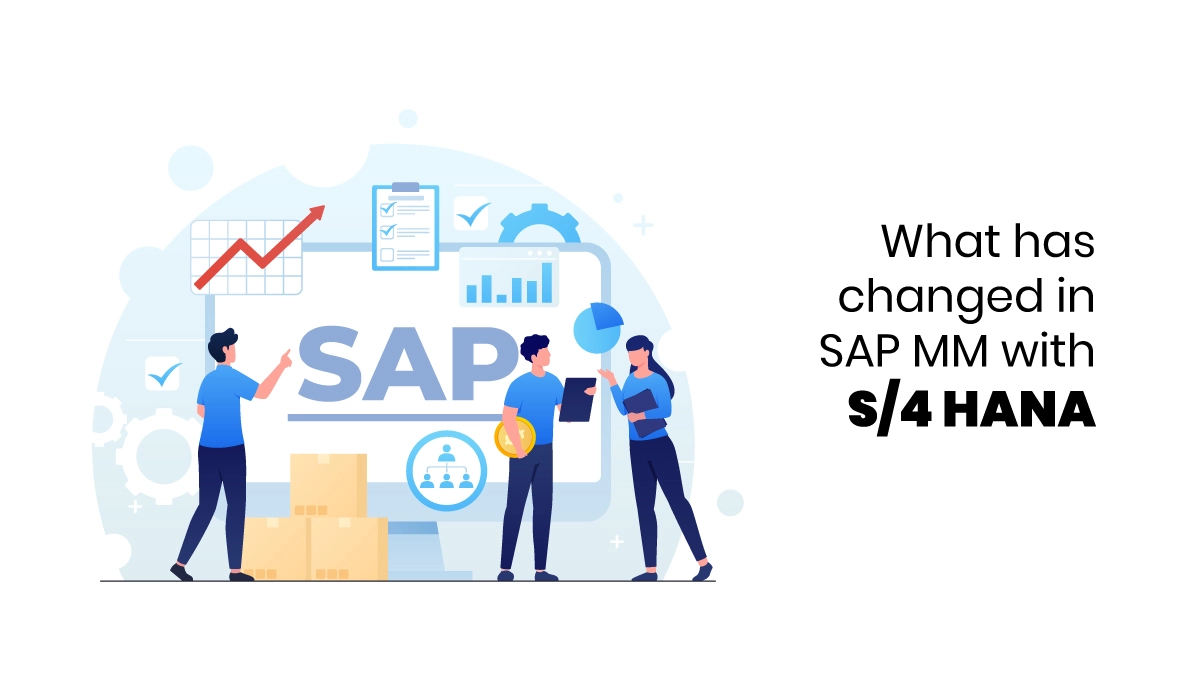Not all of us are very comfortable dealing with numbers. I am sure many will agree with this statement. And therefore, although “accounting” is a familiar term, not many are aware of what it is or its application in daily life. Acquiring, recording, summarizing, and analyzing financial transactions or data is accounting. It is a career that is sometimes disregarded, despite the fact that it is a talent that is needed on a daily basis. While accounting is most commonly associated with the business sector, you are almost certainly executing some type of accounting work in the “real world” as well.
Accounting’s relevance in our daily lives is evident in everything we do, from budgeting to grocery shopping to paying bills. Back in the day, people used to keep track of their spending and income with real cheque books. While apps and digital tracking tools have mostly supplanted cheque books, balancing a chequebook still requires basic accounting principles.
Accounting is critical to the success of a corporation since it aids in the tracking of financial income and expenditures, management, and statutory compliance, all of which may be utilized to make business choices. The most basic and required accounting process for any company, large or small is their employees’ salary; in business terms, it is commonly known as payroll processing.
What is Payroll Processing?
Payroll is the process of managing an employee’s salary by the company. It begins with creating a list of employees who must be paid and concludes with the recording of those charges. It is not as simple as it sounds. Calculating total wage earnings, withholding deductions, paying payroll taxes, and finally delivering the correct payment for the month for each individual employee of the firm are all part of the process. It’s a complicated procedure requiring collaboration across several departments such as payroll, HR, and finance. Businesses must have a better understanding of the complete payroll process to guarantee that they are compliant and that their employees are satisfied with the payroll process.
Steps for Payroll Processing
Payroll is one of the most significant monthly expenses and a time-consuming task for any business or organization, so it is of utmost importance to understand the nuances involved. Every team involved in this process must keep a close eye on the entire procedure.

- Choose a payroll system – Manual payroll, outsourced payroll, and payroll software are the three fundamental payroll systems. Organizations are slowly moving towards employing softwares for processing payroll due to its efficiency and effectiveness. It also reduces the burden on individuals and is less time-consuming.
- Create a payroll policy – A few things to consider while creating a policy. Reviewing the local labour regulations, state overtime rules, and federal labour laws will come in handy while making policies. Some important points to be considered include pay dates, as well as the length of each pay period and when employees get paid after that. Whether staff will be paid by direct deposit or a paper check is a decision the employer must make. Payroll deductions and withholdings, as well as the impact of the benefits the organization provides their employees must all be clearly communicated.
- Collect employee information – Bank details, medical insurance forms, retirement plan documents etc., are some of the documents usually collected from the employees. This can vary with the benefits and incentives provided by each business.
- Track employee time and attendance – Whether the employee manually updates a sheet or the time and attendance of each employee are tracked by a software is up to the organization’s discretion. While doing so, the employer has to also keep in mind overtime work, casual leaves, comp offs etc.
- Collect employee timesheets – It’s time to process the payroll, which means employee time cards must be collected. If it’s manual, one will have to spend some time totalling up the hours, double-checking for errors, and transferring the data to a payroll system. This is a tedious and time-consuming task. If the time cards are digital, now is the time to import them into the payroll software. Depending on the product, those timesheets may already be waiting for approval in your payroll software.
- Calculate Taxes and other benefits (if any) – Reducing taxes and adding any incentives to the employee paycheck is the next item.
- Report and update payroll records – The payroll records must be maintained and updated. These records show all the required information concerning an employee’s salary. Why are they paid x amount for a particular month? What are the deductions, additions and so on.
Not just as an employer but as tax-paying, earning citizens of the country, it is our responsibility to be aware of the process of accounting. Finprov aims to make every individual aware of these relevant topics. While it is used in businesses the most, we also require it on a daily basis. Follow our page for further updates.










